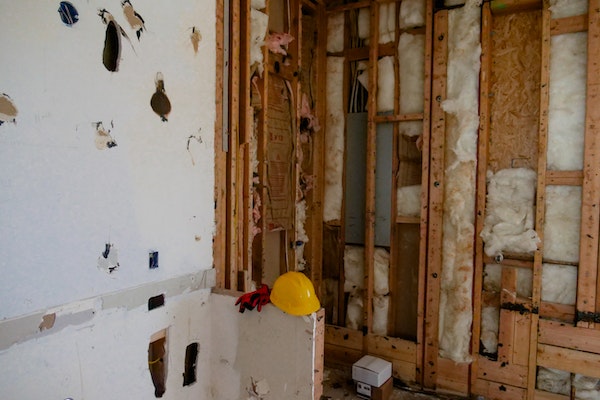How to Finance the Purchase of a Listed Building

Ownership of a listed building in the UK comes with a long list of pros and cons.
On the plus side, you may find yourself in possession of a completely unique property with the potential to generate huge capital gains over the course of time. Not to mention, it is an inspiring place to call home for yourself and your family.
In terms of disadvantages, the upkeep of a listed building can be much more of a challenge than that of a conventional home. There may also be strict limitations placed on modifications that can be made to the property (inside and out), ruling a great many potential renovations and improvements out of the equation.
Then comes the small matter of funding the purchase of a listed building, which is not quite as easy as simply shopping for a conventional mortgage.
There are three types of listed properties in England and Wales, which in all instances call for an entirely different type of mortgage:
- Grade 1: Buildings of outstanding or national architectural or historic interest
- Grade 2: Particularly significant buildings of more than local interest
- Grade 2: Buildings of special historic or architectural interest
The overwhelming majority of listed buildings (around 92%) fall within the Grade 2 category. This means the lowest level of protection and preservation, but at the same time, it can still result in major restrictions on what can actually be done with the property you buy.
For example, you may need to obtain formal planning permission simply to upgrade the windows or doors or to install exterior decking.
But many would argue that what you get in return more than justifies the downsides. Living in a listed property can be a genuine joy, but how do you fund the purchase of a listed building in the first place?
The Grade 2 listed property mortgage market
Qualifying for (or even tracking down) a mortgage for a Grade 2 listed property on the High Street can be difficult. Many lenders do not offer such products at all, and those that do have a tendency to restrict them to borrowers who fulfil fairly extensive eligibility requirements.
For example, interest rates on a mortgage for a listed property will usually be similar to those of a conventional mortgage. But while a standard mortgage may call for a minimum deposit of just 10%, it is often necessary to provide a deposit of 25% to 30% for a specialist mortgage for a listed building. In addition, it is not always possible to take out a mortgage on a listed building over a term of more than 20 years.
Mortgage availability and qualification criteria differ significantly from one type of listed building to the next. In the case of a listed property that features outbuildings, comes with a significant amount of land attached, or is used for any type of commercial or semicommercial purposes, finding an accessible and affordable mortgage can be more difficult.
Purchasing listed properties with specialist loans
Enlisting the support of an experienced broker can simplify the process of tracking down an affordable mortgage for a listed property. There are countless options available on the secured lending market, including short-term bridging loans.
Unlike a traditional mortgage, a bridging loan can be arranged within a few working days, and the funds can be used to purchase any type of property in any state of repair. They can also be taken out by individuals with poor credit, no formal proof of income, or even a history of bankruptcy. Whether you are planning to live in the property yourself, retain ownership for BTL purposes, or sell it on for capital gains upon completing any necessary refurbishments, a bridging loan can be a uniquely flexible and cost-effective solution.




 0116 402 7982
0116 402 7982